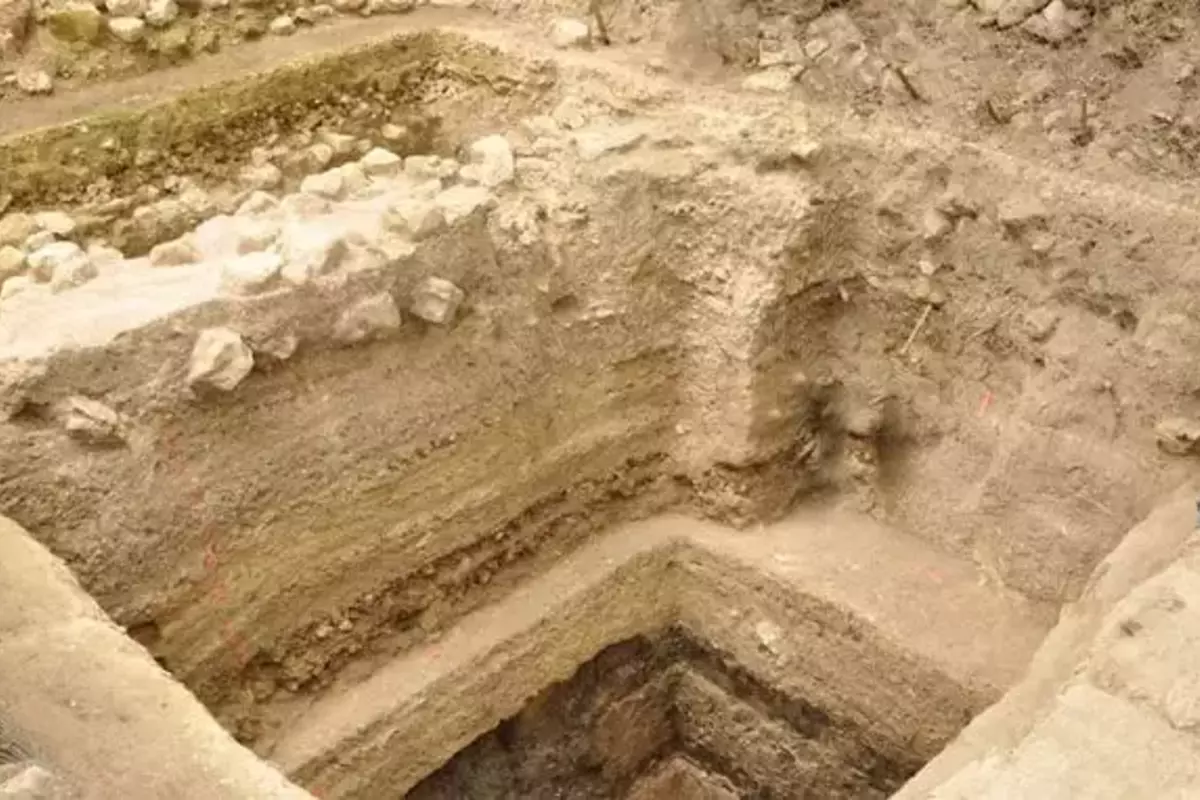
Archaeologists in Mexico discovered a highly adorned human body in a burial that could be more than 1,000 years old, in an area where workers were ending up building on a major tourist rail project, the country’s national antiquities institution INAH announced on Monday.
The discovery was made this month while archaeological salvage work was being done in tandem with the construction of a multibillion-dollar tourist train in southern Mexico, which is intended to draw tourists to the region’s many ancient Maya sites, as well as nearby top beach resorts like Cancun and Tulum.
The Maya Train rail project is a top economic development priority for President Andres Manuel Lopez Obrador. It hires teams of rather well-funded archaeologists who have hastened to finish excavations so that construction work does not stall. Budget cuts have been made to dig across the country.
The most recent burial site was discovered during the construction of a hotel near the major Maya ruins of Palenque in Chiapas state, which was once home to one of the ancient civilization’s largest and most sophisticated urban centers.
The skeleton remains were discovered in a stone box some 2 kilometres (1.2 miles) from the city’s center, which is home to towering temples and a large palace compound. They are most likely related to an elite citizen of the city called Lakamha’ by the ancient Maya.
Three ceramic vessels, ear flares, and a pair of greenstone beads were also included in the package.
INAH further stated that the deceased was buried face up with his head facing north and that additional tests are required to ascertain the individual’s exact age and other characteristics.
Scholars attribute important human achievements to the ancient Maya in art, architecture, astronomy, and writing.
Palenque, like dozens of other ancient cities scattered across southern Mexico and parts of Central America, flourished between 300-900 AD.
Also read: Rain-Induced Flash Floods Leave 8 Dead, 2 Missing In Mexico
To read more such news, download Bharat Express news apps


















